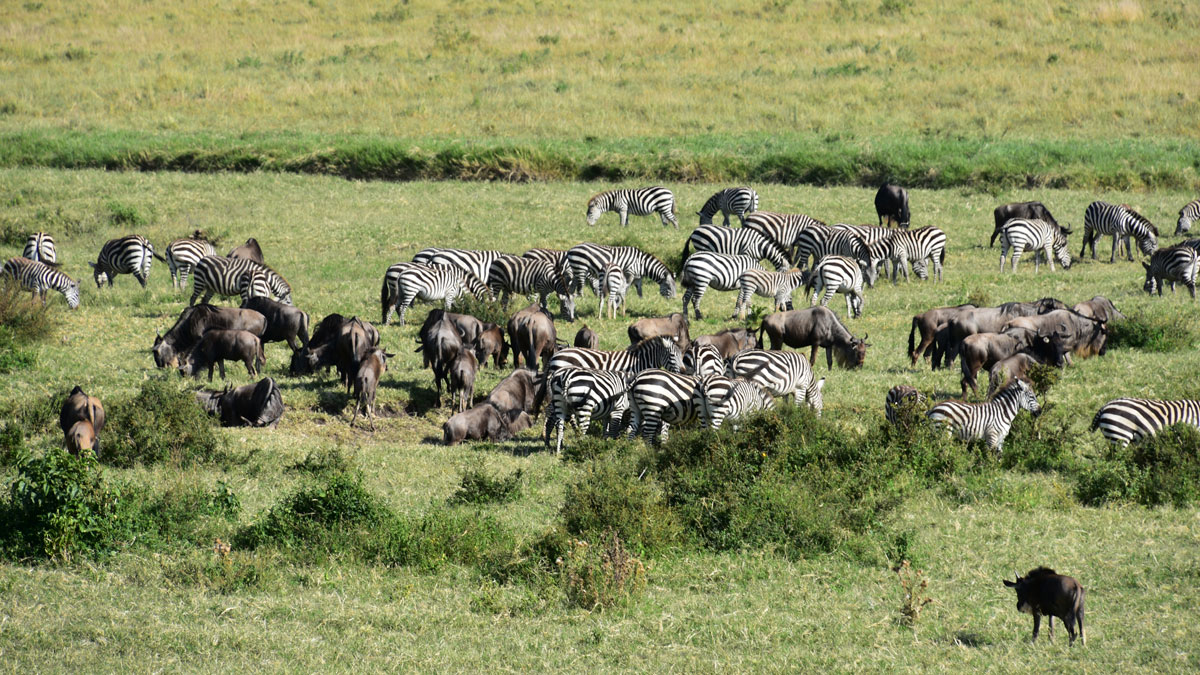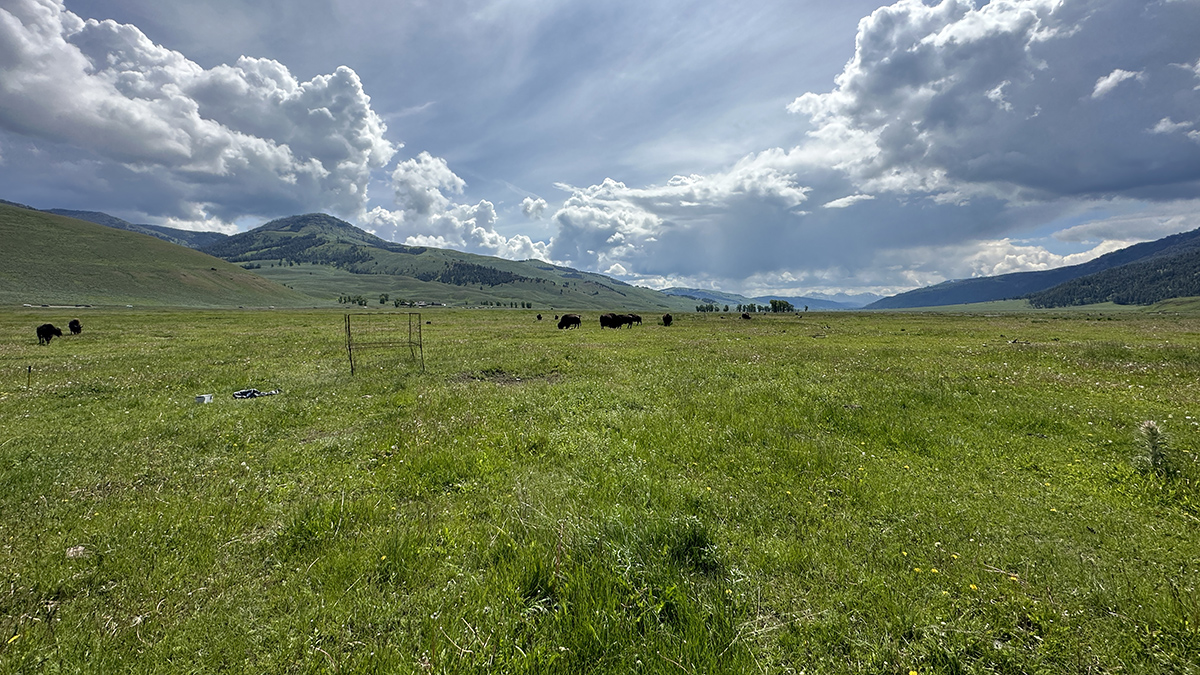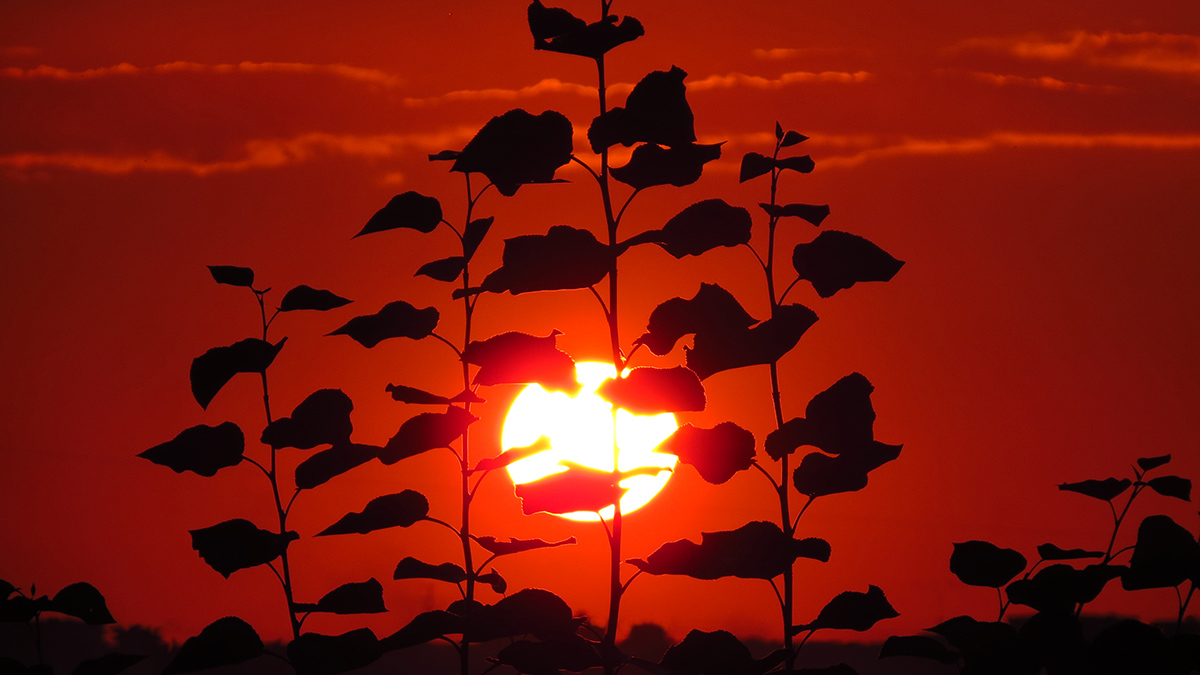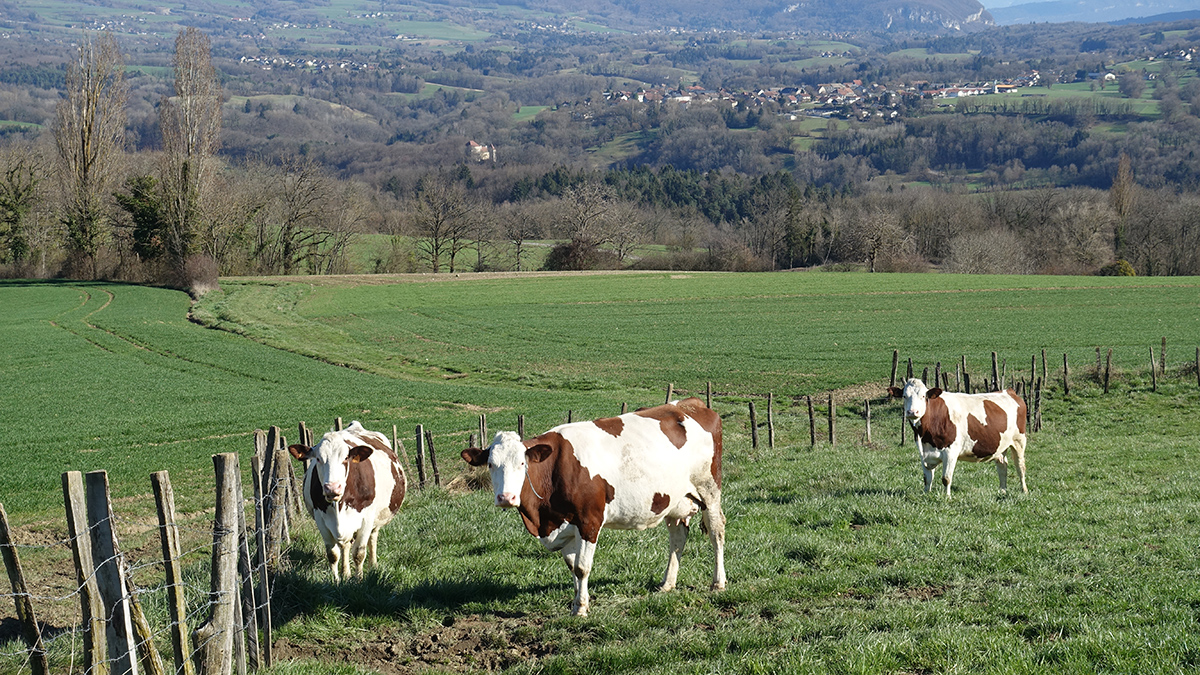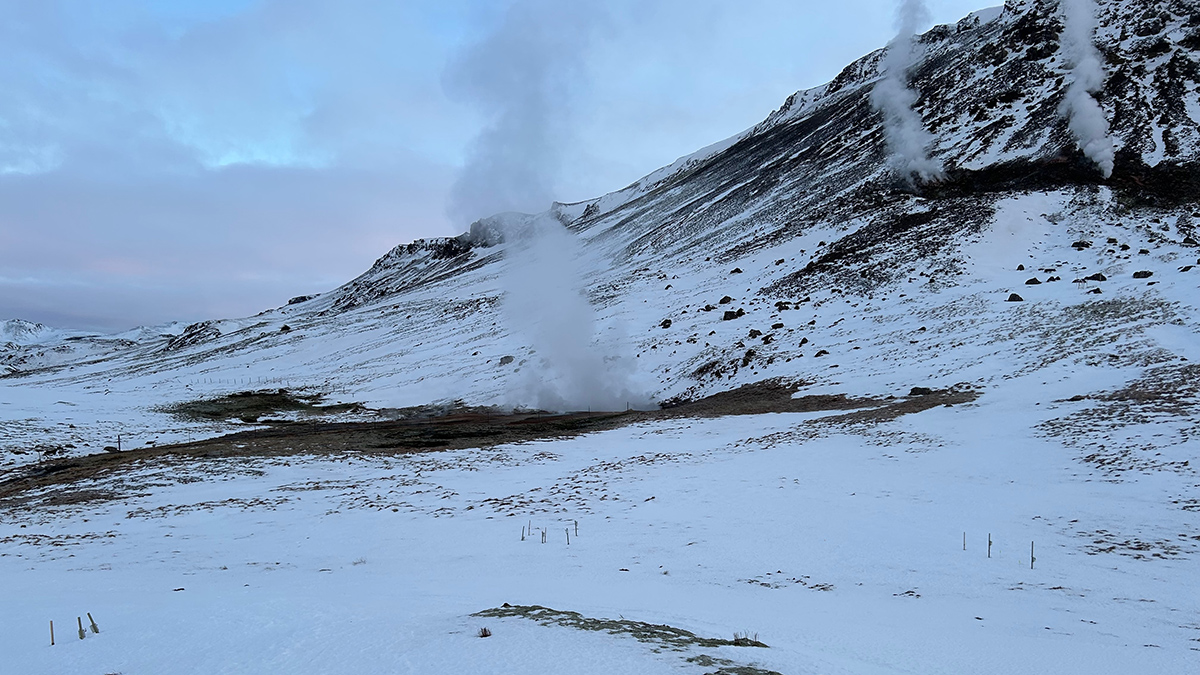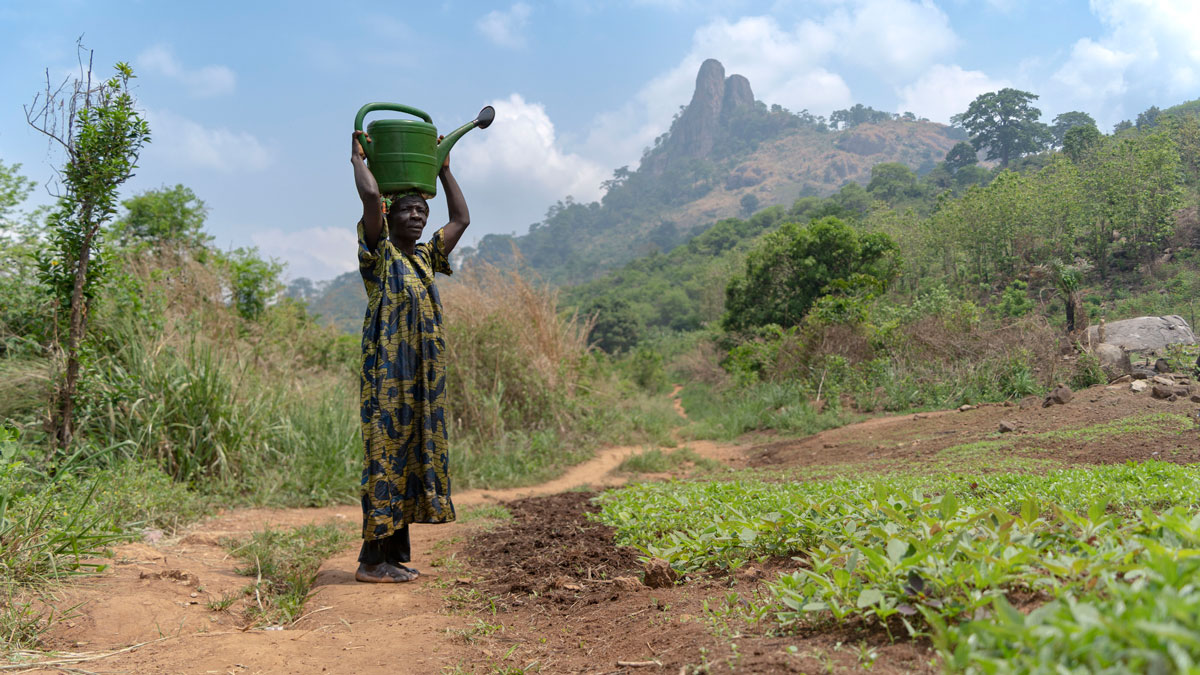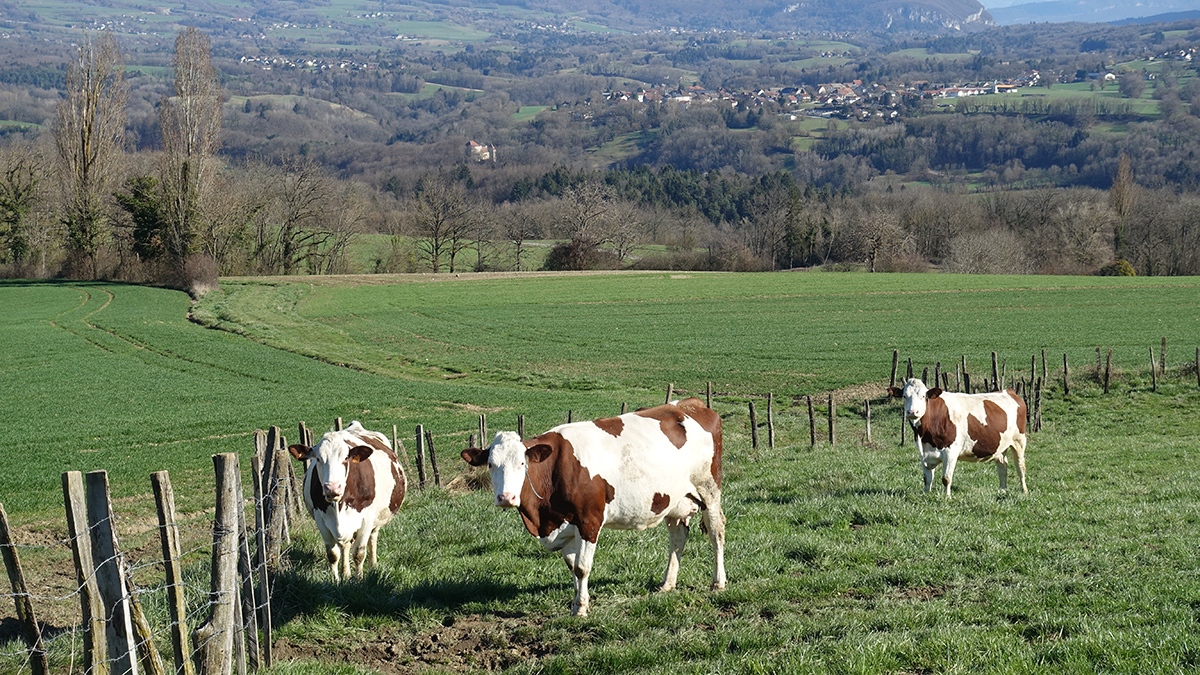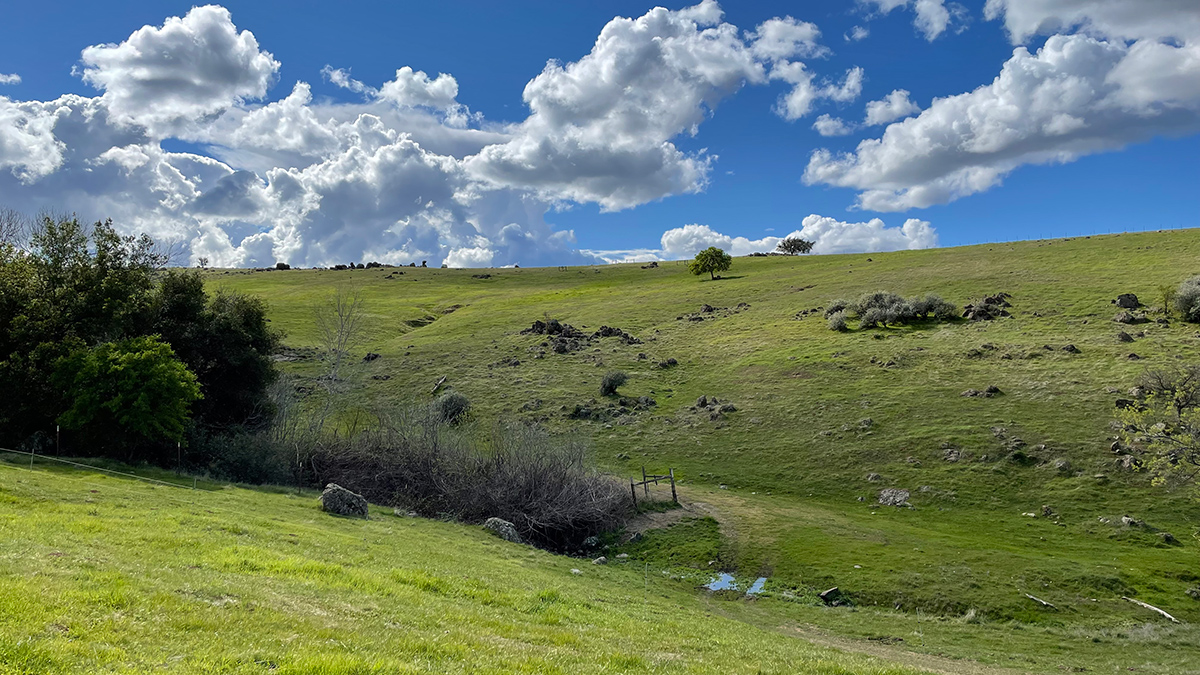Increasing amounts of rain fuel grass growth across the ecosystem and, consequently, the cycles of wildfire and animal migration.
grasslands
Free-Roaming Bison Graze Life into Grasslands
A new study suggests that Yellowstone’s herd of bison accelerates nutrient cycling, offering a glimpse into the North American plains of yesteryear.
In the Arctic, Consequences of Heat Waves Linger
The aftermath of a historic 2020 heat wave could still be felt in Siberia a year later.
El queso en tiempos de la agricultura industrial y el cambio climático
Los pastizales y la dieta de las vacas están cambiando a medida que se calienta el clima, pero un experimento agrícola en Francia revela la importancia de proporcionar pastos a las vacas.
As the Arctic Warms, Soils Lose Key Nutrients
Climate change heats not only the air and the ocean but also the soil, where key processes that determine fertility and carbon sequestration operate in a fine-tuned balance.
When Rain Falls in Africa, Grassland Carbon Uptake Rises
Satellite data suggest an explanation for the continent’s high year-to-year variability in carbon uptake.
Cheese in the Time of Industrial Farming and Climate Change
Grasslands and cows’ diets are shifting as the climate warms, but an agricultural experiment in France reveals the importance of providing cows with pasture.
Compost and Biochar Could Boost Carbon Sequestration by Crushed Rock
Crushed rock additives may also help decrease soil emissions of other greenhouse gases, such as nitrous oxide and methane.
Megadroughts Have Grown in Size and Scope
A new study maps and ranks the largest, longest-lasting, and most severe multiyear droughts from 1980 to 2018.
Kansas Prairie Streams Are Getting Choked, Maybe for Good
A herculean effort to fight back woody plants in the Konza Prairie has largely failed. The outcome shows how difficult it can be to retore these ecosystems.

